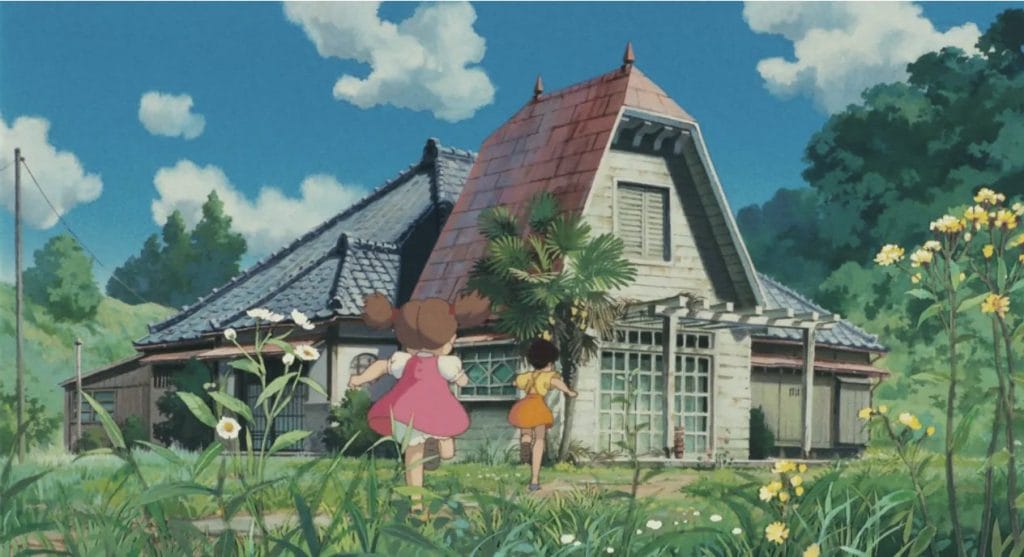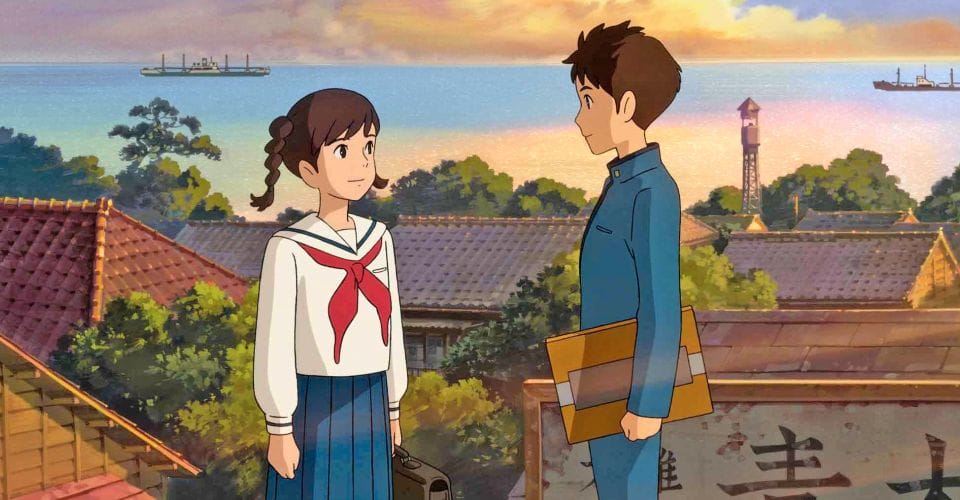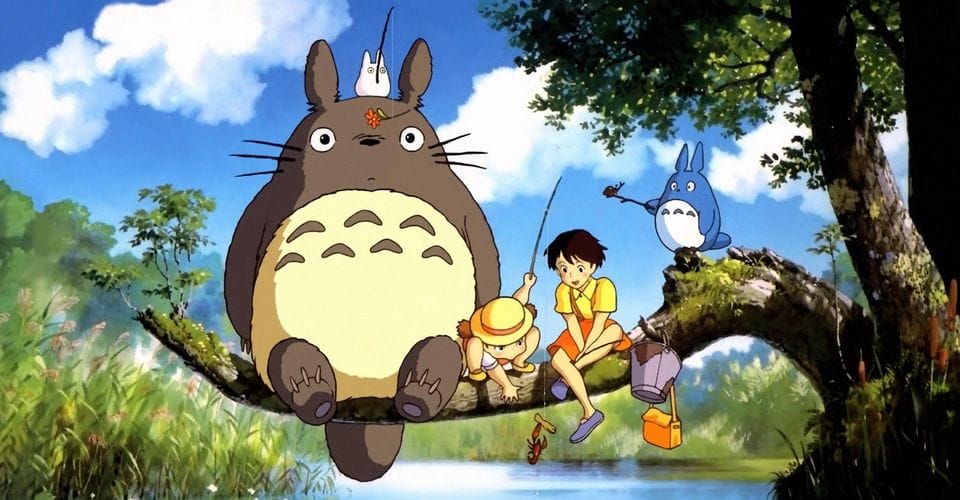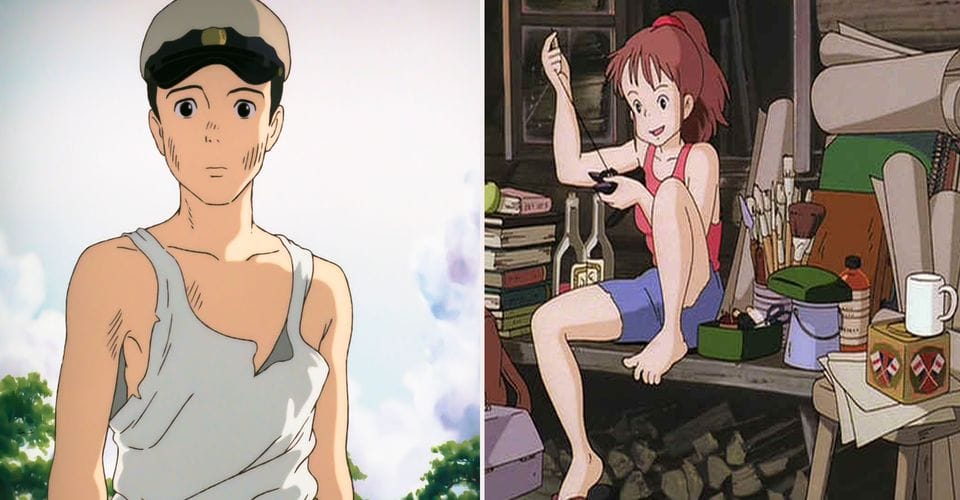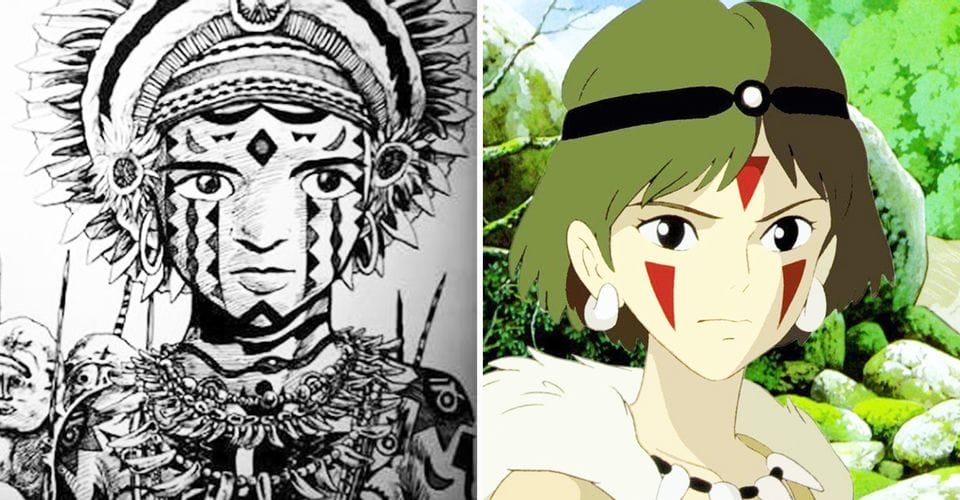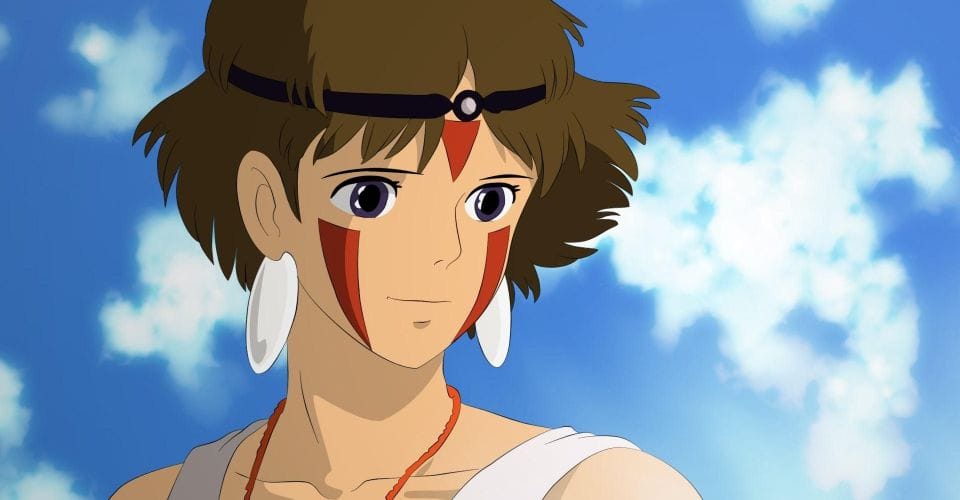Blog
Review: ‘When Marnie Was There’ is a Lovely Coming-of-Age Tale With Little Flair

Directed by Hiromasa Yonebayashi, “When Marnie Was There” lacks the whimsy and inventiveness of so many Studio Ghibli favorites.
Because of such awe-striking Hayao Miyazaki masterpieces as “My Neighbor Totoro“, “Spirited Away” and “Howl’s Moving Castle“, we’ve come to expect a lot out of Studio Ghibli‘s offerings. But since the animation legend’s retirement, the Japanese company is developing new animation auteurs, like Hiromasa Yonebayashi, who made his debut with the spirited “The Secret World of Arrietty” and now returns with the sweet but unspectacular “When Marnie Was There.”
Based on the Joan G. Robinson novel, “When Marnie Was There” centers on a transformative summer for 12-year-old Anna, who suffers from asthma and some serious teen angst. Hoping to improve her health, Anna’s foster parents send her to visit relatives in a rural seaside town. In this unfamiliar setting, Anna literally runs from the chance to make new friends, but is inexplicably drawn to a shuttered lake house. She begins experiencing visions, blackouts, as she befriends Marnie, a young blonde girl in old-fashioned clothes who seems to be hiding a strange secret. You probably can guess what Marnie’s secret is, but you’d only be half-right.
“When Marnie Was There” doesn’t offer the level of fantasy or adventure that previous Ghibli releases have. Instead, it’s a surprisingly simple tale that coolly declares loneliness may be unavoidable, but happiness is a choice. As much as I admire the message, I have to admit the medium made me crave something more whimsical or visually inventive that what Yonebayashi delivers.

Instead, the film is dedicated to being as true to life as possible. Anna’s visions seem like flashbacks, not dreams. And this gawky tomboy is dressed perpetually in almost painfully plain attire, while Marnie favors dresses that are posh but simple. Even a set piece in a dilapidated silo that’s said to be haunted feels mundane, portrayed without any stylistic flourishes to enhance the world or emotion. Part of me admires the risk of making a coming-of-age story so straightforward in the animation genre. But mostly, I lamented the missed opportunity to do something truly electrifying with this material.
Still, Yonebayashi has created a tender tale of female friendship, not just between Anna and Marnie, but also through a handful of other characters to whom its reluctant heroine learns to open up. The pacing is slow, but in that way of long lovely summer days. With each passing scene, Anna’s personal growth is gently developed as she investigates Marnie and explores the village. When she comes to confront not just Marnie’s secrets, but her own, your heart breaks for her. Jarringly, the conclusion that finally reveals Marnie’s story feels rushed, colliding clumsily with Anna’s bittersweet resolution.
Ultimately, “When Marnie Was There” is a must-see for Ghibli die-hards, as well as an earnest film I’d recommend to anyone who’s ever felt frighteningly alone. It’s a quiet journey with elegance and charm. But those looking for a thrilling romp packed with style, spectacle and iconic creatures will be sorely underwhelmed.
Note: Our reviewer watched the Japanese version with English subtitles. An English-language version featuring the voices of Hailee Steinfeld, Kiernan Shipka, John C. Reilly, Vanessa Williams, Geena Davis, Kathy Bates, Ellen Burstyn and Catherine O’Hara is also hitting theaters.

